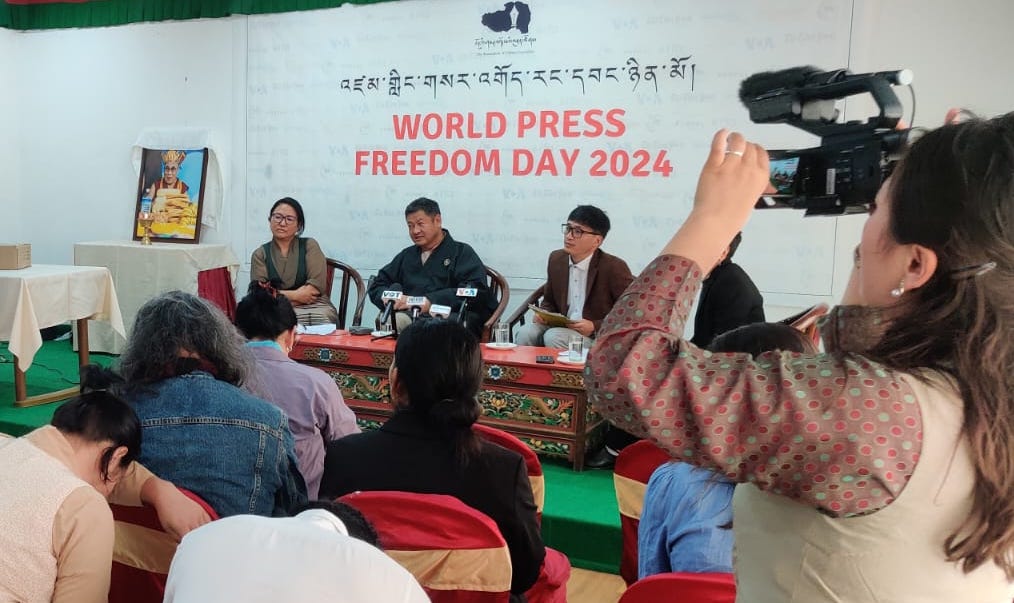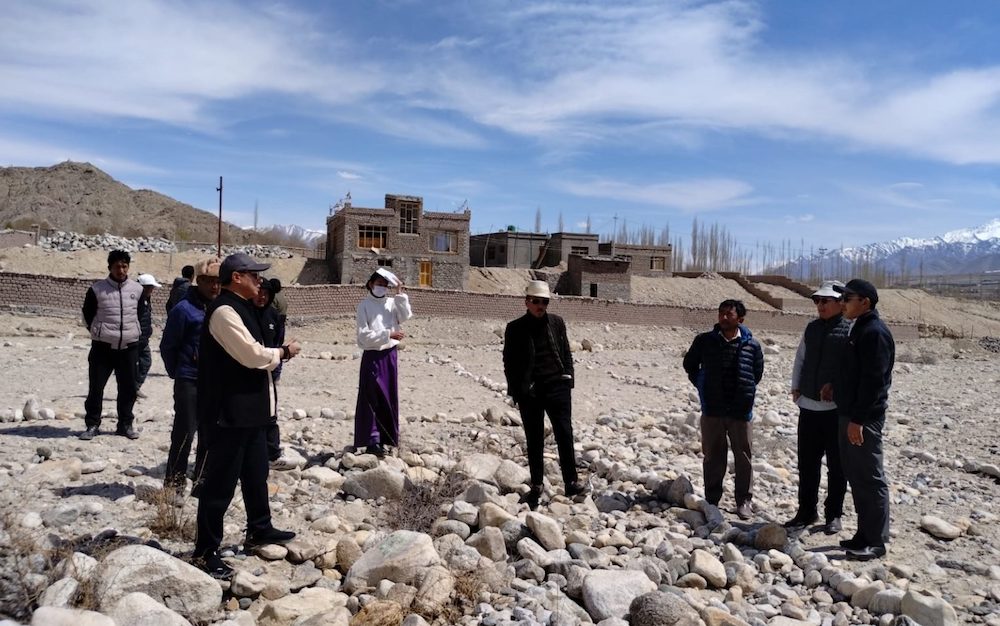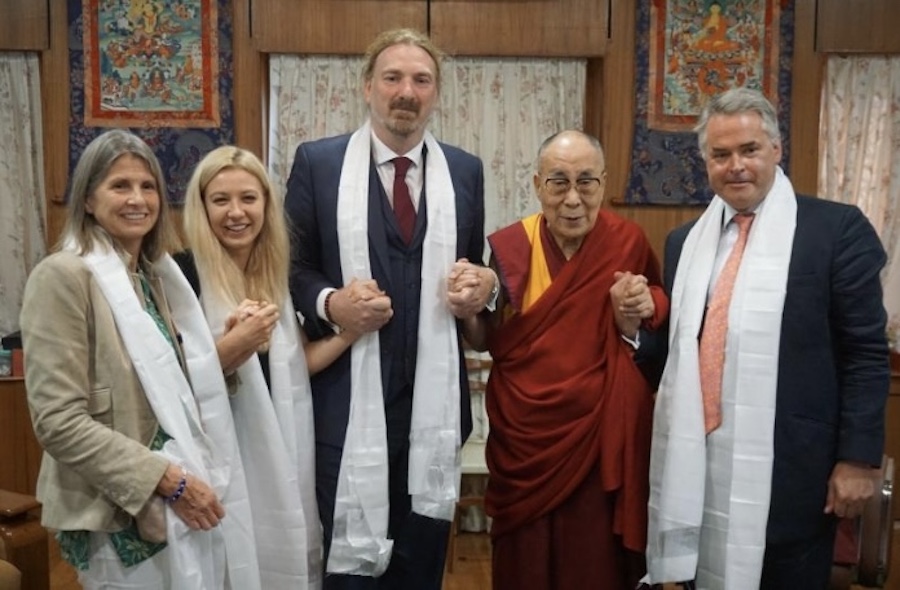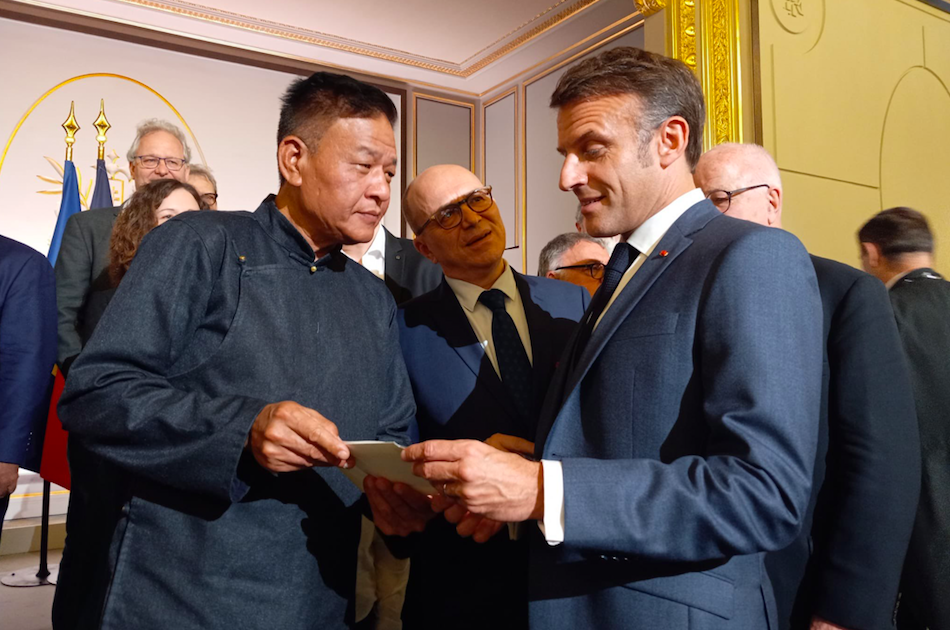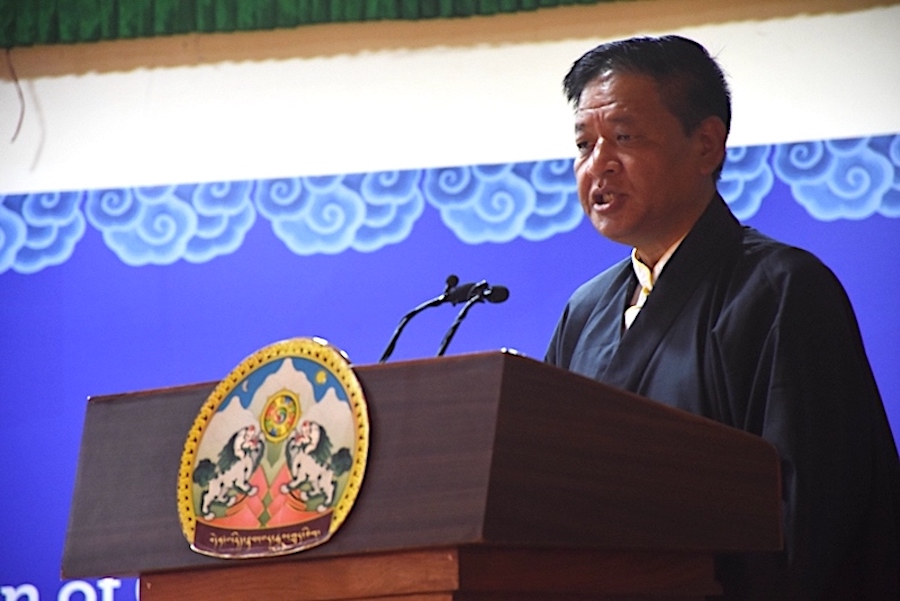By HOLLAND COTTER
CHICAGO — You are traveling by bus a few hours out of Katmandu in Nepal. The sun is falling fast as the road climbs. When the bus stops to refuel, you climb out and look up at a new moon high in the sky. Then with a little surprise you look higher and see, above the moon, the snow-covered tops of mountains.
They are the Himalayas, and they are some of the highest places on earth. If you could continue straight through them, you would be in Tibet. A turn to the left would take you to Kashmir; to the right, east toward China. At this point you are still in the foothills, but with a single neck-craning glance you know why people believe that gods live here.
This summer an entire pantheon of Hindu gods has touched down at the Art Institute of Chicago, along with the Buddha and his band of spirits and saints. They are here for “Himalayas: An Aesthetic Adventure,” a survey of nearly 200 sculptures and paintings, most of them on loan from North American collections, some among the finest examples of their kind.
The art historian Pratapaditya Pal, who organized the show, writes in the catalog that his intention was to create a masterpiece show, one based on “aesthetic excellence” rather than on focused themes or theory. That goal is disappointingly unadventurous given the idea-packed nature of the objects assembled, but Dr. Pal’s success in shaping them into a truly fabulous spectacle is beyond question. The show starts in Nepal, a kingdom sandwiched between India and Tibet. Hinduism, imported from the south, is the state religion there today, and among the striking early pieces in this show is a 10th-century Nepali relief of the god Siva and his family kicking back on a craggy ledge of Mount Kailasa, their Himalayan home, in a court as crowded with dancers as a disco floor.
But Buddhism, technically, originated here when, in the sixth century B.C. a tribal prince named Siddartha was born in territory within Nepal’s present borders. As a prince he was raised to be a ruler of men; later, as the Buddha, he learned to rule himself, by far the harder task. Many of his devotees considered him divine, and while he denied this, his image takes complex forms, human and transcendent.
A fabulous gilded copper sculpture on loan from the Kimbell Art Museum in Fort Worth embodies both. Here the Buddha is an earthly sage and a savior. Lithe and youthful in a simple monk’s robe, he holds one flowerlike hand open in a gesture of giving that is also a gesture of letting go: of possessions, desires, ego, everything.
This piece from the seventh-century A.D. has clear links to Indian art of roughly the same period. And one of the exhibition’s subtexts is the flow of Indian influence into the Himalayas, where it produced many diverse but related styles. The mechanics of that diffusion remain something of a mystery, however, in part because Himalayan material remains understudied, but also because so much of it has been lost.
Only a relatively small amount of ancient Hindu and Buddhist art survives, for example, from what is now the predominantly Muslim state of Jammu and Kashmir in India. Yet the ancient religious sculpture of this region adds up to one of the great art traditions of Asia, and the show — which travels in reduced form to the Arthur M. Sackler Gallery in Washington in the fall — would be irresistible for its Kashmiri section alone.
It includes some wonderful Hindu pieces, among them an eighth-century relief of Kamadeva, the god of love, surrounded by his sexpot consorts. But it is Buddhist sculpture that takes the prize, its power distilled in three stellar works. One, a renowned gilded bronze from the Norton Simon Foundation, depicts the Buddha at the instant of enlightenment, sitting on a cushion patterned with silver and copper inlay, a Kashmiri specialty. In another he looks as regal as a Byzantine emperor, with honey-gold skin and hypnotic, silver-inlaid eyes.
The third and grandest image centers around three bodhisattvas — spiritual beings who stay in the world to guide mortal creatures to salvation — preening on lotus-shaped platforms like Olympic medal winners. The entire ensemble, with its gilded aureole of swirls and swags, has a baroque exuberance that would have been enhanced by the flickering light of oil lamps in the dark interior of a shrine.
Color and interesting complications arrive with a 12th-century painting from western Tibet in which the Buddha, dressed in a snazzy patchwork robe, keeps company with a Hindu god or two. Such interfaith meetings are not unusual. Buddhism routinely lifted elements from other religions. The same was true of Hinduism, which adopted the Buddha as an incarnation of the god Vishnu. Hybridity had a lot to do with the success of both religions, and you can see it in action here: what looks like a baby-blue dove hovering over the Buddha’s head is actually Garuda, the half-human, half-bird creature who served as Vishnu’s mount.
Eclecticism is certainly the name of the game in the show’s large final section of art from central and eastern Tibet, with its suggestion of sources as far flung as Persia and China. This is the kind of Himalyan material most familiar from Western collections, though Dr. Pal’s choices are refreshingly varied, from a bronze bodhisattva modeled on Indian sculptural ideals — the body is a composite of plant and animal forms — to an exquisitely executed painting of the holy man Virupa, drunk and disorderly, and stopping the sun in its tracks in order to delay last call at the bar.
Images as entrancing as these would seem to disarm any reservations about the show’s aestheticist agenda. But I wonder. Progressive thinking about art in the 1990’s emphasized the social dynamics of art and the political implications of concepts like “beauty,” while conservative voices warned that such thinking would produce a crushing tidal wave of theory-heavy, object-poor shows.
The reality is, that wave never hit. Connoisseurial concerns continue to be privileged just as they have always been. In the field of Asian art challenges to historical orthodoxy have on the whole been tentative and fleeting. Yet for some reason, perhaps spurred by the current political climate, the protests go on and have recently grown even louder, with calls for museums to get back to art-speaks-for-itself basics, as if they had ever put such shopworn attitudes aside.
“Himalayas: An Aesthetic Adventure,” with its travel-brochure title and its boilerplate gorgeousness, steers close to such an approach. True, I would gladly travel to Chicago again before Aug. 17, when the show closes, for another lingering look: the objects are that beautiful. But they are also carriers of revolutionary concepts about personal, social and political transformations of a kind we barely comprehend and that the exhibition barely touches on. The art in question is life changing rather than merely life enhancing. Intellectually as well as materially, it scales the heights. Shouldn’t exhibitions strive to do the same?





